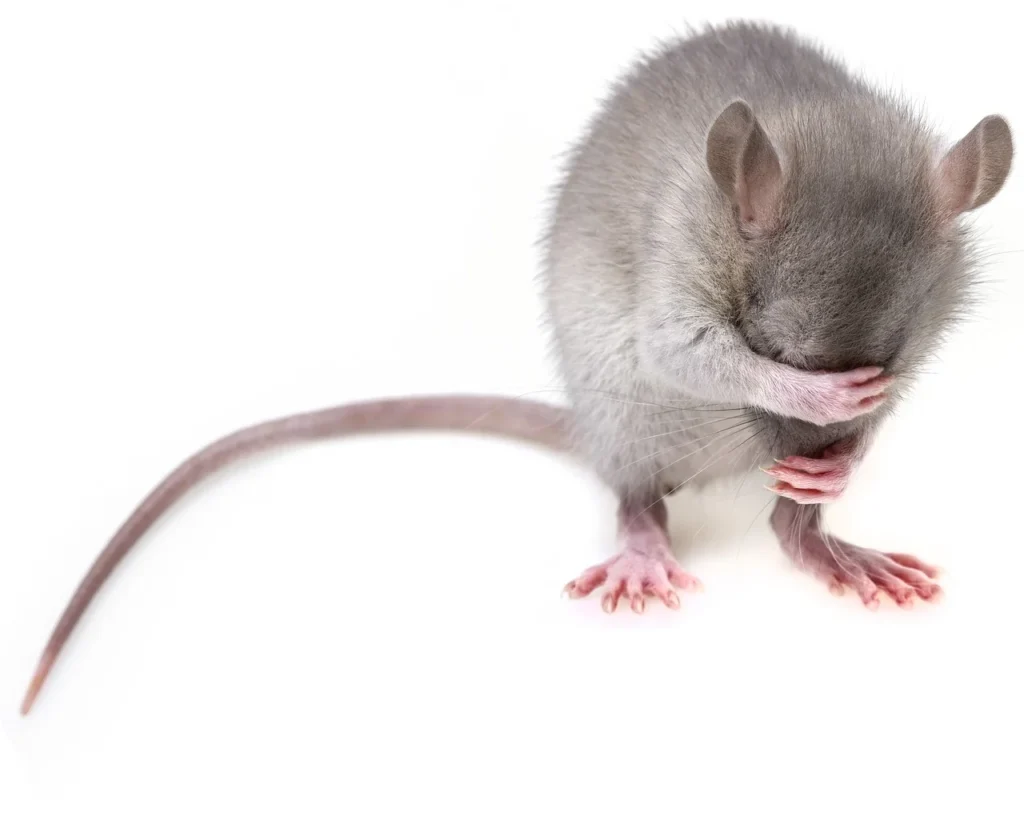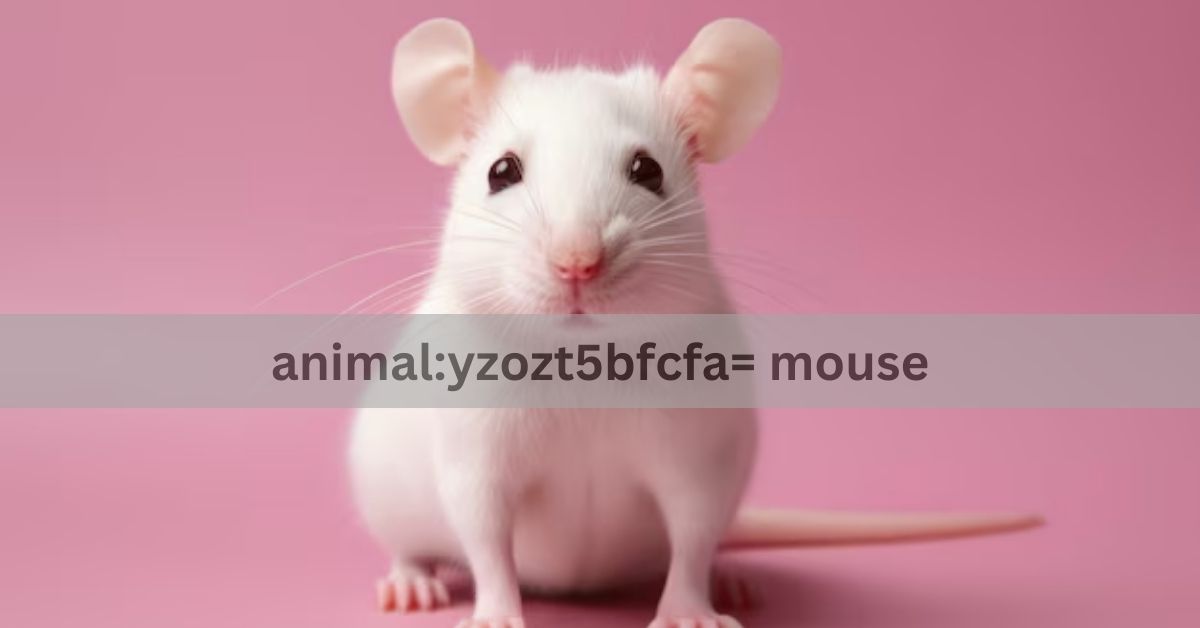Mice, belonging to the family Muridae, are essential to various ecosystems. They thrive in habitats ranging from forests to urban areas, serving as prey for many predators. Their activities contribute to seed dispersal and soil aeration, which promote plant growth. Mice’s adaptability highlights their ecological importance and resilience in changing environments.
The Mouse in Human History:
Ancient Interactions with Mice:

Mice have coexisted with humans for thousands of years, initially perceived as pests. Their affinity for food storage areas in early agricultural societies led to concerns about crop loss. In response, various pest control methods, including traps and the domestication of cats, were developed.
This initial conflict marked the beginning of a complex relationship between humans and mice. Over time, understanding their role in agriculture became essential for managing their populations.
Cultural Significance in Civilizations:
Throughout history, mice have held diverse cultural meanings. In ancient Egypt, they were revered for controlling insect populations and were linked to fertility and prosperity. In contrast, many cultures viewed mice as nuisances, often featuring them in folklore as clever tricksters.
These dual representations underscore the ambivalence humans have toward mice. Their presence in stories and myths reflects both admiration and disdain, shaping perceptions across civilizations.
Domestication and Research:
The relationship between humans and mice transformed significantly with domestication. Pet mice gained popularity due to their small size and sociable nature, offering companionship to many households. Furthermore, mice have become essential in scientific research, serving as model organisms for genetic studies and medical advancements.
Their rapid reproduction and genetic similarities to humans make them invaluable for experiments. This shift highlights the dual role of mice as both pets and vital research subjects.
Also Read: 7 Employment Rights You Should Know as an Employee
Urban Presence and Human Perceptions:
In modern urban environments, mice continue to influence human attitudes toward wildlife. While some people appreciate their role in the ecosystem, others view them negatively due to disease risks and property damage. This duality reflects the challenges of coexisting with wildlife in cities. Effective management strategies are necessary to balance human interests with ecological considerations. Understanding this relationship is crucial for fostering coexistence in urban settings.
Mouse Species and Distribution:
There are over 30 species of mice, with the house mouse (Mus musculus) being the most common. Mice are found on every continent except Antarctica, demonstrating their ability to adapt to various climates and environments. Different species have evolved distinct traits, such as coloration and size, to suit their specific habitats.
Their wide distribution makes them one of the most successful mammal groups worldwide. Understanding the diversity of mouse species helps researchers study their ecological roles and behaviors.
Also Read: Arcyart Directory – The Complete Guide to Unleashing Artistic Potential!
Mouse Behavior and Social Dynamics:
Mice are social animals that often live in groups, displaying complex social structures. Their behavior is characterized by communication through vocalizations, body language, and pheromones. Mice establish territories and hierarchies within their colonies, with dominant individuals often gaining priority access to resources.
They are known for their curiosity and playful behavior, which play a vital role in their learning and adaptation. Social interactions among mice can influence their survival, breeding success, and overall health.
The Mouse’s Role in Environmental Health:
Indicators of Ecosystem Balance:
Mice serve as bioindicators, reflecting the overall health of their ecosystems. Their populations are sensitive to environmental changes, signaling shifts in habitat quality. A decline or increase in mice often prompts investigations into food availability and habitat conditions. Monitoring these fluctuations highlights their importance in conservation efforts.
Also Read: Shopwithplaza .Com – Essential Information to Know Before You Shop!
Contribution to Nutrient Cycling:
Mice enhance nutrient cycling through their foraging activities, which promote soil fertility. By dispersing seeds and organic matter, they facilitate plant growth and diversity in their habitats. Their burrowing also aerates the soil, improving water infiltration and nutrient access. This process is vital for maintaining healthy ecosystems and supporting various plant species.
Role in Food Web Dynamics:
Mice are a crucial food source for many predators, including birds, snakes, and small mammals. Their populations directly influence predator dynamics, highlighting ecosystem interconnectedness. By serving as both prey and foragers, mice stabilize food chains, ensuring energy transfer to higher trophic levels. This role is essential for maintaining biodiversity and ecological stability.
Also Read: ветеринарная клиника Vetcitypets – A Detailed Overview!
Impact on Plant Communities:
Through seed predation and dispersal, mice significantly shape plant communities. Their foraging behaviors influence plant reproduction and diversity, affecting which species thrive in an area. By consuming and distributing seeds, they help propagate various plant species. This interaction illustrates the intricate relationships between small mammals and their environments.
The Mouse in Research and Science:
Mice are widely used in scientific research, especially in genetics and medicine, due to their similarities to humans. They help researchers study diseases and test new treatments, leading to advancements in various fields. Ethical guidelines ensure their humane treatment and minimal suffering during experiments. Their contributions have been vital for breakthroughs that significantly improve human health.
Also Read: Charizard:Ttw47p-Wxcy= Pokemon – A Complete Overview!
Human-Mouse Conflict and Coexistence:
The relationship between humans and mice is multifaceted, often involving conflict due to mice’s rapid reproduction and adaptability. While they play important ecological roles, mice can become pests in urban settings, causing damage to homes and businesses.
Effective management strategies, including habitat modification and humane trapping, are crucial to reducing these conflicts. By understanding their ecological contributions, we can foster coexistence and enhance biodiversity.
FAQ’s
1. What role do mice play in ecosystems?
Mice are crucial for food webs, seed dispersal, and nutrient cycling, impacting overall ecosystem health.
2. How have humans historically interacted with mice?
Humans initially viewed mice as pests, but over time, they have also been appreciated for their roles in research and companionship.
3. What is the most common species of mouse?
The house mouse (Mus musculus) is the most prevalent species and can be found in various habitats worldwide.
4. Why are mice considered bioindicators?
Mice populations indicate ecosystem health; changes in their numbers can signal shifts in environmental conditions.
5. What are effective strategies for managing human-mouse conflicts?
Habitat modification and humane trapping are key strategies to reduce conflicts while recognizing mice’s ecological contributions.
Conclusion
mice play a vital role in ecosystems, contributing to nutrient cycling and serving as key prey for various predators. Their historical relationship with humans has evolved from pest to valuable companion and research subject. Understanding and managing this complex coexistence is essential for maintaining biodiversity and ecological balance.
Related Post:
- Also Read: 6 Key Challenges in Modern Logistics (and How to Overcome Them)
- Also Read: Art:Jk0bdehqv38= Fortnite – Unravelling the Mystery!
- Also Read: B88221141 – Main Insights and Takeaways!
